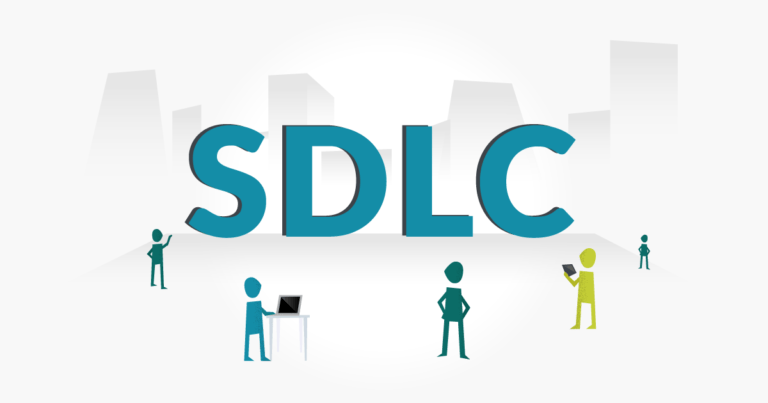Table of Contents
ToggleThink of building software like baking a cake. There are specific steps, from gathering ingredients to decorating the finished product. Similarly, when creating software, professionals follow a path called the software development lifecycle (SDLC). It’s a step-by-step approach that ensures the software is built correctly, is useful to its users, and is free from any major bugs or issues. This article will break down this seemingly complex cycle into bite-sized, easy-to-understand sections.
1. Requirement Analysis: The Blueprint
Before building a house, architects draft blueprints. In the world of software, the first step is similar. It involves understanding what the software needs to do. Professionals meet with clients or stakeholders to gather all requirements. They’ll ask questions like, “What problems will this software solve?” or “Who will use it?” By doing so, they lay a strong foundation for the next steps.
2. Design: Crafting the Layout
Once the requirements are clear, it’s time to design how the software will look and function. Think of this as sketching how each room of a house would appear. Developers and designers work together to create the software’s layout, ensuring it’s user-friendly and efficient. They consider where buttons should go, what colors to use, and how different features connect.
In the design phase, user experience (UX) and user interface (UI) design are crucial elements. These aspects focus on how users will interact with the software and how it will visually appear to them, ensuring a seamless and appealing user experience.
3. Implementation: Building Block by Block
With a clear design, developers start writing the actual code for the software. It’s like constructing a building brick by brick. Using different programming languages, they translate the design sketches into functional software. It’s a meticulous process, ensuring each line of code is error-free and serves its purpose.
The implementation phase often involves version control systems to track changes, collaborative coding, and code reviews to maintain code quality.
4. Testing: Quality Check
After the software is built, it’s essential to test it thoroughly. Imagine buying a car and checking its brakes, lights, and engine before driving. Testing the software ensures it’s free from bugs and works as intended. Testers use various methods and tools to spot any issues, ensuring that the final product is of the highest quality.
The testing phase includes different types of testing, such as unit testing, integration testing, and user acceptance testing, to cover all aspects of the software’s functionality and performance.
5. Deployment: Releasing into the Wild
Once the software passes all tests, it will be released to the users. It’s like opening a new store for customers. During deployment, the software becomes available for download or online access. Users can then install it on their devices or access it via the internet, depending on the software type.
OpenText explains, “To create high-quality software, you need a process that helps you manage your time and resources. That’s where the software development life cycle (SDLC) comes in.”
The SDLC is a crucial roadmap guiding professionals from the initial idea to the final product. By following these steps meticulously, developers ensure that the software is functional, reliable, and meets the users’ needs. In the vast world of technology, understanding the SDLC is like having a compass, ensuring one stays on the right path. So, the next time you use an app or software, remember the careful planning and work that went into its creation. It’s not just code; it’s a crafted experience.




